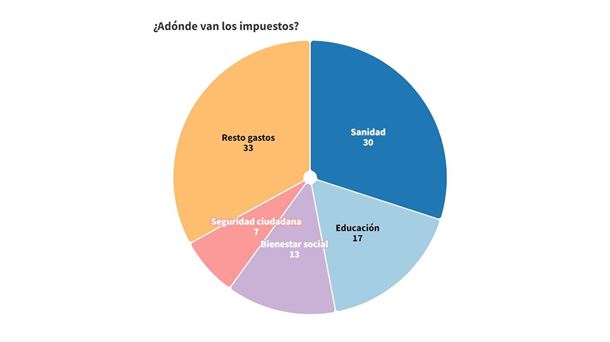The number of immigrants is increasing. And the new report doesn’t even factor in the 2022 record year for refugees.
The red-white-red story is celebrated on the national holiday. But for more and more people in Austria, their membership of the Alpine Republic is not reflected in their passport or country of birth. This is evident from the current report of the Austrian Integration Fund (ÖIF) on the topic “Migration and Integration in Austria”. So when politicians speak of “Dear Austrians, dear people living in Austria”, the current ÖIF brochure shows who exactly is meant by that.
- On January 1, 2022, about 1,842 million people with foreign birthplace in Austria, which is equivalent to 20.5 percent of the total population – or every fifth person living in Austria. Compared to 2021, the share has increased again by 0.4 percentage point. This does not yet take into account the current record year of 2022. Probably more people had already applied for asylum in Austria in October than after the refugee flow in 2015 in total.
- And the immigrants are extreme unevenly distributed. Based on the 1,842 million foreigners in Austria, by far the largest part (39.4 percent) lived in Vienna. Burgenland is the rearguard in the statistics. Only two percent settle here. There is no east-west division here.
- Incidentally, the largest group of immigrants is Germany, followed by Bosnia and Herzegovina and Turkey. However, the biggest net increases last year came from Syria. Statistically, the war in Ukraine was not an issue in 2021, but that will certainly be reflected in the coming years.
- Interesting: the birth rate between nationals and foreigners is getting closer and closer. Women born in Austria had an average of 1.41 children. Women born abroad had 1.73 children, an average of 0.23 fewer children than in 2016. In contrast, women born in Afghanistan, Syria and Iraq had an average of 2.79 children in 2021.
- Pleasant: the unemployment taken for both nationals and foreigners. While the unemployment rate among Austrians fell from 8.4 percent in 2020 to 6.8 percent in 2021, the rate among foreigners across Austria fell even more sharply from 15.3 percent in 2020 to 11.9 percent in 2021. expressed in the net annual income.
Source: Krone
I am Ida Scott, a journalist and content author with a passion for uncovering the truth. I have been writing professionally for Today Times Live since 2020 and specialize in political news. My career began when I was just 17; I had already developed a knack for research and an eye for detail which made me stand out from my peers.



